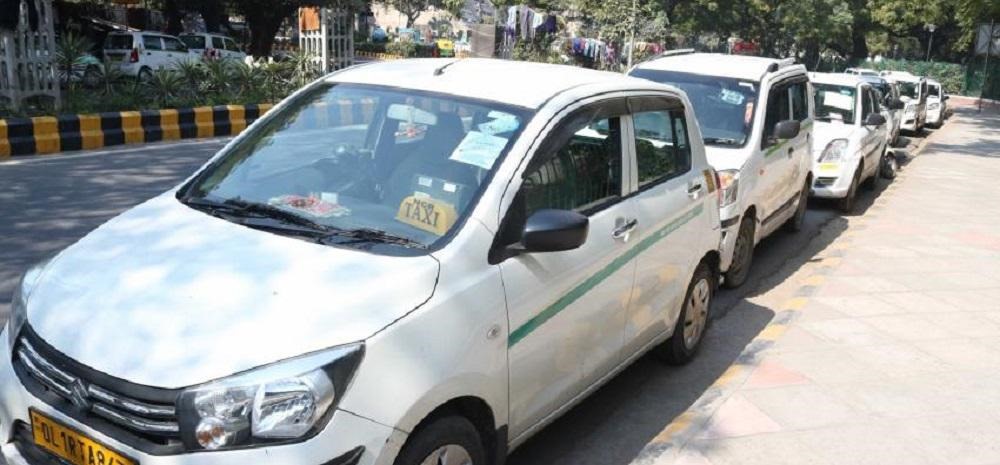Ola, Uber Rides Will Be Costly As Discounts Capped By Govt; Surge Fares Capped At 1.5 Times

The Centre has issued norms for regulating and defining cab aggregators in the country, like Ola and Uber.
In the 26-paged guidelines issued by the government on November 27, titled “Motor Vehicle Aggregator Guidelines”, a series of steps have been undertaken, which would improve the conditions of cab drivers and possibly bring down the ride cost for the cab users.
It will also be undertaking companies which hail bikes.
Firstly, the new guidelines have put an upper cap on the surge prices witnessed in cab rides during demand hours. This will put a limit on the ride-hailers’ pockets.
Secondly, these norms will push these cab aggregators to pay a greater percentage of the ride fee to the cab driver, rather than keeping it to themselves.
Let’s learn in detail about these newly released guidelines.
Ola and Uber to be Comparatively Cheaper
This is the 1st time that modern-age app-based ride-hailing companies like Ola and Uber are coming under a regulatory framework in the country.
As per these guidelines, there will be an upper cap placed on the concept of ‘surge pricing’.
Cab aggregators use dynamic pricing, which means if the demand for rides increases, the price per ride also surges. Generally during office hours, prices of cab rides are skyrocketing, in a given area.
Now, the guidelines allow these aggregators to charge only upto a maximum of 1.5 times the base fare, during busy hours.
They can, however, choose to offer their services at 50% of the base fare as well.
Additionally, in many states, taxis do not have a regulatory government overseeing the base fares of these cab aggregators.
So under these guidelines, a base fare of Rs. 25-30 has been set, which will further be fixed by the state government, once they get integrated with these aggregators.
New Guidelines Bring In Positive Changes for Cab Drivers
Cab drivers associations have, for a long time, complained about how aggregators have been steadily increasing commission and reducing their wages since quite some time now.
They complained that during the time of logging on to their platforms, these cab aggregators offered them high incentives.
For instance, in 2015, drivers were charged with a very small nominal fee, which left them with about Rs 90,000-1.5 lakh a month.
Now, these cab drivers are being charged with exorbitantly high commission prices, which have pushed the drivers to work overtime, from 14-16 hours a day.
Compared to 2015, drivers’ earnings have reduced by 60-70% in the pre-Covid levels.
Thus, as per the guidelines:
- No driver will be allowed to work for more than 12 hours in a day.
- If a driver works for 12 hours in 1 day, he will have to compulsorily take a break of 10 hr before resuming.
- Currently, a driver partnered with ride hailing apps, makes up to 74% of the ride fare, after paying the taxes.
- As per the new guideline, drivers will get to keep at least 80% of the ride fare.
- Cab aggregators like Uber and Ola will have to provide their drivers with compulsory health insurance of Rs 5 lakh, along with term insurance of Rs 10 lakh, with 5% increasing every year.
Other Parts of Guidelines
- For cancellation of bookings, either by the driver or the rider, the penalty has been fixed at 10% of the fare, and it cannot exceed Rs 100.
- Cab aggregator’s license may be suspended if it fails to ensure safety of its riders or if riders are charged higher.
- If the aggregator receives more than three suspensions within one financial year, its license shall be cancelled.
- Aggregators may provide pooling facilities to riders whose KYC details are available.
- Female passengers seeking to avail ride pooling will be provided the option to pool only with other female passengers.

Comments are closed, but trackbacks and pingbacks are open.